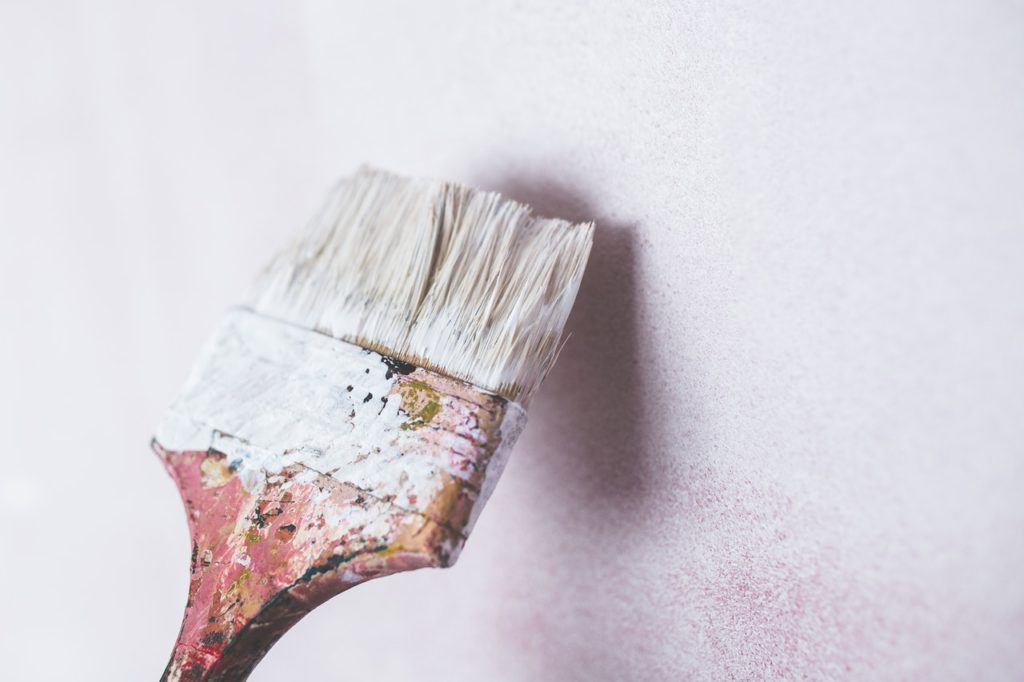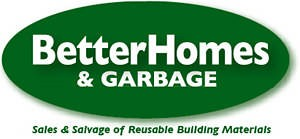
Schedule an Appointment / Get an Estimate 612-789-8509 651-699-4164
Featured Project: Exterior Bungalow Remodel

Mark Benzell is our go-to designer when it comes to additions and exterior remodels. We asked him to give a few tips when it comes to updating the exterior of a home:
“Enhancing front entries, or front elevations of homes,” explains Mark, “has become very common, especially for post WWII homes that tend to be a little more basic in exterior design, and not tied to a traditional architectural style (like Tudor or Craftsmen). Also trending, is updating older siding materials to lower maintenance products, like cement fiber board and steel.”
Amy Hinck, Design Manager, adds, “Ideally you would start planning an exterior remodel about 4 months prior to a desired construction start date. And be mindful that the prime time of exterior construction is April-October. Some work can be done in winter, but you’ll just need to wait for finish touches like painting/concrete/stucco to be done when the weather cooperates.”
Mark continues that exterior remodels are a bit different than the traditional interior remodel, “For any exterior remodeling project, we always want to inspect a home for possible water intrusion, ice damming, and material deterioration. The effects of rain, hail, snow and wind over time can have an damaging impact on any home. Using heavier weight shingles, water resistant sidings materials and water tight window and door installations goes a long way to ensuring a low-maintenance home exterior.”

In this featured project, custom details added on the exterior include new concrete steps and walk, flower boxes, and new bracketed overhang at the rear entrance. Field Landscaping was a key partner in this project, and were able to advise on plants that could do well in our Minnesota climate.
Depending on the home, a small entry expansion or addition can have a huge impact on a home’s curb appeal. Even a new front door can make a difference.The exterior of your home is not only a first impression to visitors, but can also be utilized as “livable” space, if done right!
Product Spotlight: Therma-Tru Entry Doors
One easy way to transform your curb appeal is a new front door. Designer, Mark Benzell, recommends the brand Therma-Tru. Mark adds, “In most cases, we try to make any exterior remodel, either look like it fits with the current style of the house, or that it belongs with the style of the neighborhood.” So while you want to show your own personal style, keep in mind that a new front door should complement your architectural style, for optimal results.
With a front door by Therma-Tru, not only will you see an increase in comfort, energy efficiency and performance, you will also see an increase in curb appeal. In fact, you can increase the perceived value of your home just by adding a Therma-Tru entry door system.

To learn more about this company and eligibility for federal tax credits with your Therma-Tru products, click here.
Educational Class Spotlight: Evaluating Solar for Your Home
All Energy Solar will be able to answer all of your questions and more during this class on Saturday, May 20th at 10am at The Natural Built Home Store. There is no cost to attend. Please register here.
Reminders & Information
FREE Educational Remodeling Classes
All classes are FREE to attend! Classes are held Tuesday evenings from 6:00 p.m. – 7:30 p.m. and a few Saturday mornings from 10:00 a.m. – 11:30 a.m. All classes are instructed by a knowledgeable Castle employee or one of our trusted Trade Partners. Class space is limited, please sign up online to guarantee your spot. For a full 2017 class list, please visit our website!
The Natural Built Home Store
May 20th, 2017 – All Energy Solar: Evaluating Solar for Your Home
St. Paul Showroom
May 9th, 2017 – Planning a Bath Remodel
Northeast Minneapolis Showroom
May 23rd, 2017 – Planning a Basement Remodel
Did you have a great experience with Castle?
We’d love to hear about your experience with Castle, how you’re enjoying your new space, and any general thoughts or comments you’d like to share. Tell us your thoughts today!





